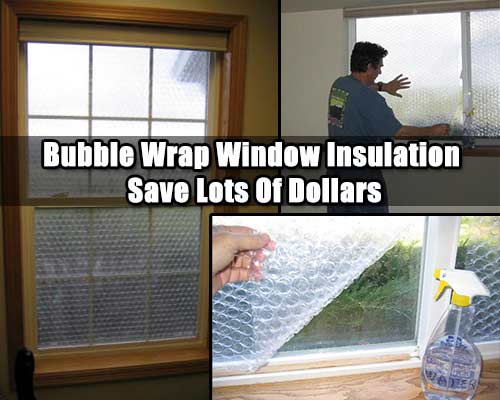


Remember to use corrugated boxes and dish divider inserts, if possible. While your casual dinnerware may be replaceable, it’s still a good idea to reinforce all items with bubble wrap, foam pouches or some sort of cushioning before packing them inside. Casual dinnerware includes everyday dinner and salad plates, coffee mugs, saucers, cereal bowls and other items found in your kitchen cabinets.

Since you’ll most likely be using your plates and mugs up until the date of your move, I suggest packing these kitchen items last. If you’re expecting rain or snow on moving day, you should also consider putting your smaller appliance boxes inside of a waterproof, plastic bin. Otherwise, the heavier items – such as crock pots and food processors – may be too much for a low quality cardboard box to handle.Īllied Van Lines also suggests making sure all electrical cords are wrapped in packing paper and/or covered with a towel. When purchasing kitchen appliances, avoid trashing the boxes! By keeping the original packaging for kitchen gadgets and appliances, you can pack up your toaster, panini maker and food processor in boxes specifically designed for those items. If you can’t find the original boxes that the appliances were purchased in, just make sure you use sturdy corrugated boxes. By using more small and medium size boxes, your cookware won’t knock around as much, and will be properly secured inside the box. Not only will this weigh down your move, it will also cause your items to scratch or break more easily. Whatever you do – avoid stuffing your kitchenware items into one huge box. As long as they are packed tightly and securely, they should be just fine. In addition to bubble wrap and packing paper, I recommend using blankets and other soft items to buffer the cookware inside each moving box. Most larger cookware and bakeware pieces, such as cast iron skillets, casserole dishes, dutch ovens, cookie sheets, frying pans and stainless steel pots, need to be properly protected with packing paper and/or a layer of bubble wrap. Generally speaking, these items are easier to pack than fine china and fragile dinnerware. Cookware, bakeware, pots, pans, and kitchen tools It’s also not a bad idea to stuff the inside of the glasses with some packing paper as well. Then, w rap and secure all barware and glasses (think: highball glasses, glass mugs and coupes) with bubble wrap before packing. Use both foam pouch inserts and bubble wrap to properly pack your fine china, such as porcelain plates, bowls and teacups. Once inserted inside the box, these partitions will provide a great way to separate and protect all of your fragile barware. The last thing you want is the bottom falling out – and your pricey glasses shattering all over the floor! Once you’ve found the right boxes, a dd cellular dividers to the boxes. Remember to use quality corrugated boxes. China, barware and glasswareįrom crystal wine glasses and fine china plates to champagne flutes and beer mugs, these delicate pieces of china and glassware should be boxed up properly to avoid breaking them. From your fine china and casual dinnerware to your fancy barware and kitchen gadgets, here are a few tips for packing up all of the items in your kitchen before the big move. Not to mention, most kitchenware items also happen to be fragile and breakable (yikes), making bubble wrap and other special packing supplies a priority. After all, it’s hard to live in a house without dinner plates, water glasses and cookware. For those who love to cook – the kitchen, dining room and bar area usually end up being the last rooms in the house to get packed up.


 0 kommentar(er)
0 kommentar(er)
